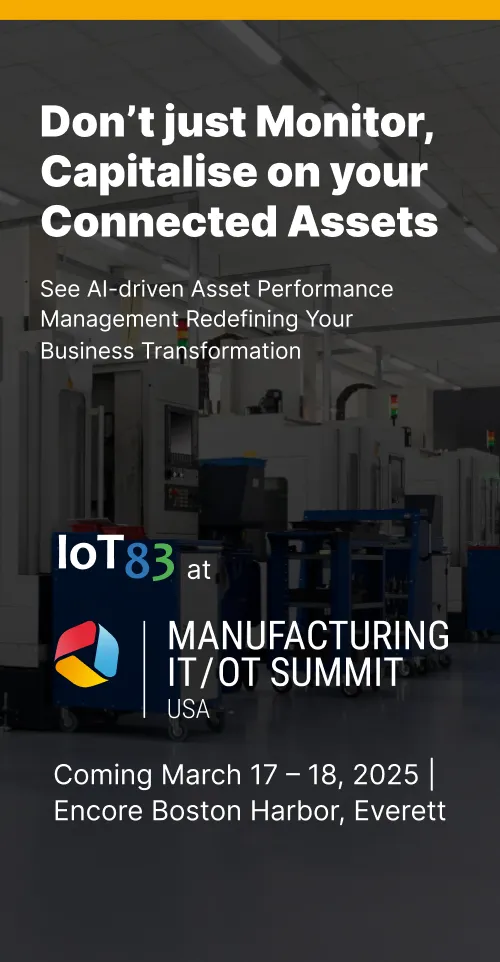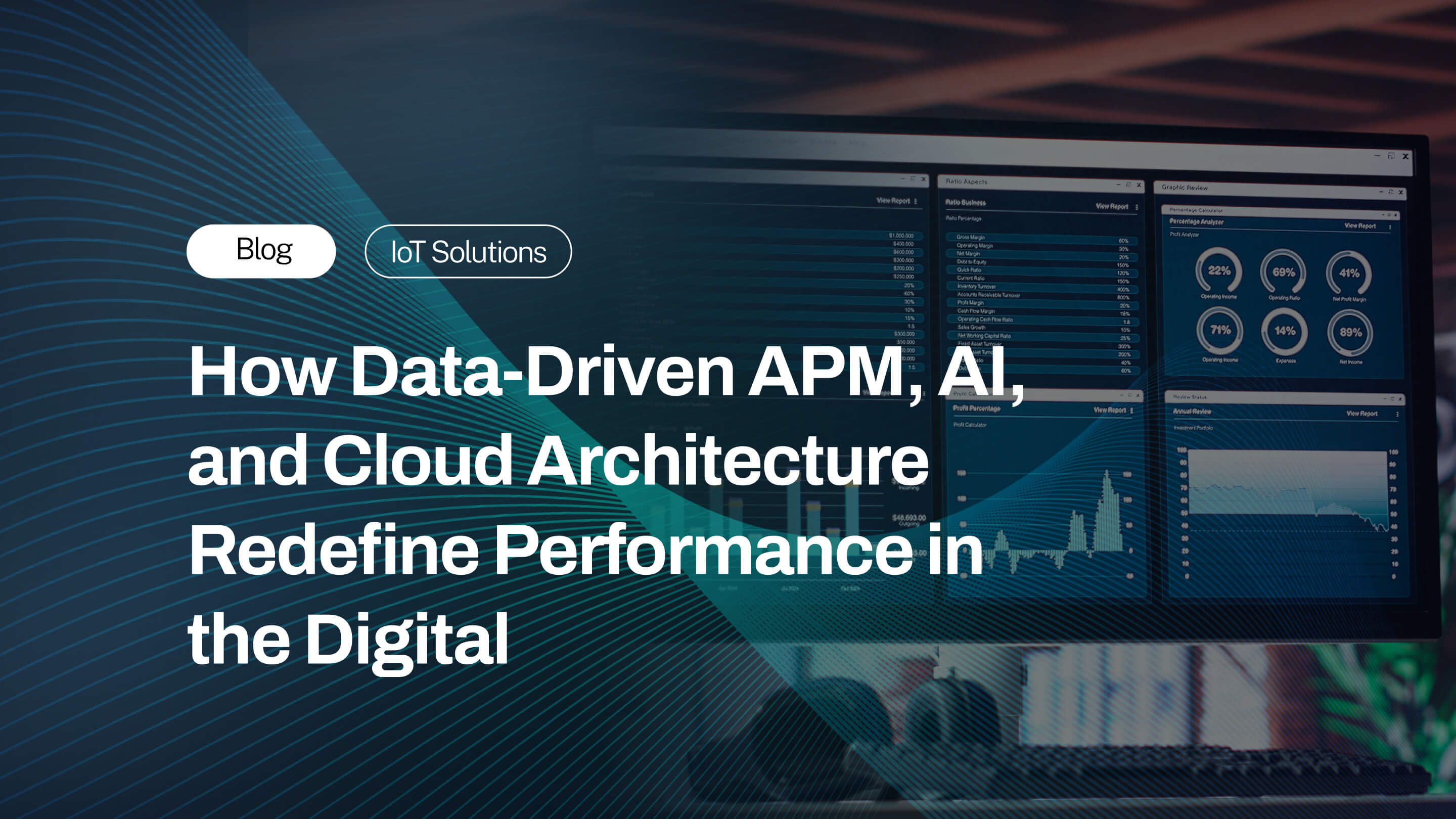In the era of the Industrial Internet of Things (IIoT) and hyper-connected businesses, data stands as the backbone of business transformation. But with soaring data volumes and tightened regulations, protecting sensitive information becomes mission critical. Enterprises now need a more versatile, adaptive shield for their data. Hence, they are moving towards data obfuscation—the right method to protect your data from damage. It’s indispensable for OEMs and enterprises because of its right technique.
Read the article to know how obfuscation works, what are the real use cases, and why it’s the need of the hour.
Did you know: The term "obfuscation" originally referred to code obfuscation and was adopted for information/data security in the late 1990s, in parallel with the rise of data privacy mandates and the emergence of complex software development lifecycles. It became a standard in security lexicon as businesses sought ways to protect data beyond traditional encryption.
But What is the Need?
Modern Industrial and Enterprise data flows traverse multiple networks and systems. This not only makes it ever more vulnerable to breaches but the chances of leaks and misuse of the data increases. Data obfuscation enables businesses to:
- Shield sensitive data: Businesses deal with sensitive data all the time—be it customer details, proprietary designs, or operational metrics. What’s vital is they protect this data—both from the outsiders (hackers, cybercriminals, etc) or insiders (internal teams who might intentionally leak information or misuse sensitive data). With data obfuscation, worrying about these threats becomes negligible.
- Comply with regulations like GDPR, HIPAA, and industry standards—protecting PII, PHI, and operational secrets: Privacy laws and industry standards set out clear rules on how to handle personal data (like customer identities) and sensitive operational data (like manufacturing secrets). Non-compliance can lead to hefty fines and reputation damage. Data protection methods—including obfuscation—help companies align with these regulations by limiting exposure and controlling access to sensitive information, making compliance achievable and straightforward.
- Share data safely in development, QA, analytics, and partner integrations: Internal teams often need to share data across departments or with external partners. Instead of giving full access to sensitive, real data, organizations obfuscate or mask critical details, enabling safe collaboration. This eases the jobs of multiple teams. Data scientists can perform analytics, developers can develop new features, and partners can work without risking data breaches.
- Retain data utility for testing, analytics, and automation—without exposing true values: More than often, data needs to stay useful for machine learning, automation, or testing purposes. Fully anonymized or masked data still needs to mimic real data so that systems can be tested and analytics executed effectively. Obfuscation techniques ensure businesses can keep their data meaningful while hiding the actual sensitive values, allowing innovation to proceed without exposure risks.
Have You Thought About Data Obfuscation Yet?
Every moment is the right moment to introduce data obfuscation. As soon as sensitive data moves beyond the right controls of the production environment, data obfuscation should come into the picture. As soon as your valuable operational, customer, or asset data starts flowing into less secure or external spaces, obfuscation becomes essential to protect that data without slowing business processes.
Instances when you need data obfuscation:
- Introducing new application features: When new connected devices or software features are introduced, data inevitably gets shared beyond core systems for testing and validation. Obfuscation ensures that engineers and testers can work with realistic data that looks and behaves like production data—without exposing actual sensitive details that could cause security or compliance issues.
- Securing data sharing: Data scientists, researchers, and external partners are often granted access to enterprise data to generate insights or develop new services. Data obfuscation techniques like masking or tokenization enable secure data sharing by hiding sensitive information while maintaining data quality for analysis and innovation.
- Preparing non-production environments: Dev, staging, and QA environments require data that mimics production to provide meaningful testing results. Copying full production data to these environments without obfuscation risks leaks or misuse. Obfuscation transforms sensitive values, so these environments are safer without sacrificing test accuracy or workflow efficiency.
- Integration OT and IT environment: As enterprises blend their OT systems with IT platforms or move data and workloads to cloud environments, data security boundaries blur. Obfuscation helps enforce data privacy policies across these diverse infrastructures, ensuring sensitive data remains protected regardless of where or how it’s processed.
- Regulatory compliance audits: Many industries face stringent data privacy and security requirements from laws such as GDPR, CCPA, HIPAA, and sector-specific regulations. When preparing for audits or compliance reviews, obfuscation proves invaluable for demonstrating that sensitive data is adequately protected during operations, development cycles, and data sharing.
How Data Obfuscation Works?
When working with sensitive information, you will need data obfuscation. Let’s understand the methods:
- Data masking: It is the process of creating a structurally similar but fictious version of the data to protect sensitive information. If we take an example, replacing original customers names and phone numbers to fake names and contacts. With static data masking, you can create a masked copy of the entire database to be used in the non-production environment. While dynamic data masking allows masking rules dynamically to ensure sensitive information is masked while users (inside or outside) try to use the data. The prime scenes where data masking is used is software developing, software testing and data analysis.
- Data encryption: In this process, the readable data ( in the plaintext format) is converted into unreadable format (ciphertext) using an algorithm called encryption. With this approach, only the users who have the authorized decryption key can access the original data. Data encryption protects data in motion as well as data at rest. For example, data during online transactions (data in motion) are protected via this method.
- Data Tokenization: In this process, sensitive data is converted into a digital replacement, also called token, that maps back to the original data. The sensitive data which is mapped to a token can be placed in a digital vault that and can act as a final replacement for the original data. In tokenization, the token itself holds no value if it has no connection to the data vault. This helps in preventing secure information.
- Data swapping: Data swapping, also called data shuffling, replaces values of a dataset among entries within the same field. For example, the ages between users are swapped—so the range and cardinality of the original data remains intact. This technique helps mask individual identities by breaking direct associations, making it hard to re-identify specific people while preserving the overall structure needed for statistical analysis or machine learning. Swapping can be partial (only some values swapped) or full (all values swapped).
- Data anonymization: Data anonymization permanently removes or modifies personally identifiable information (PII) from datasets so that individuals can no longer be linked to their data records. Common methods include removing names, replacing birth dates, or summarizing details to a more general category. This method is typically irreversible and used to comply with privacy regulations like GDPR, HIPAA, and PCI DSS. It differs from pseudonymization, which replaces real identities with fictitious ones but can still be mapped back if necessary.
- Data scrambling: Data scrambling replaces sensitive information with randomly generated, format-preserving values or rearranges data so the information is no longer easily identifiable. While this process is like data masking, scrambling usually focuses on irreversible manipulations suited for non-production environments (test, development) where maintaining format, utility, and statistical properties is more important than actual values. Scrambled data looks realistic but does not expose real details and cannot be traced back to the originals.
- Data randomization: Data randomization involves modifying values within a dataset by introducing random noise or variance, typically within a defined range. For example, randomizing salaries by adding or subtracting up to 10% ensures that the data remains realistic but no longer accurately represents individual records. This method is powerful when retaining data distribution is important for testing, analytics, or demographic research.
- Data Minimization: Limits data storage and access to only what is necessary, reducing exposure risk.
Data Obfuscation vs Anonymization
Data Obfuscation vs Encryption
Data Obfuscation vs Masking
The Use Cases of Data Obfuscation
- Manufacturing and Industrial IoT: Manufacturing leaders are using sensors and devices to collect data that is further used for improving equipment performance and workflow. This operational telemetry is shared by analytics providers, supply chain partners, and cloud platforms. With the help of data obfuscation, sensitive data is protected, proprietary designs remain safe, and equipment serial numbers are disguised or replaced. This allows companies to collaborate, optimize production, or integrate systems without revealing trade secrets or risking industrial espionage.
- Telecommunications: Subscriber Analytics & Privacy: Telecommunication companies analyse massive subscriber datasets to improve networks, service delivery, and marketing. Sharing data with analytics partners is common but must be done without exposing real customer identities. Through data obfuscation methods––masking customer IDs, tokenizing phone numbers––telecoms enable deep analysis while protecting privacy. This addresses regulatory mandates (like GDPR) and prevents competitive leaks or misuse of personal data.
- Retail & eCommerce: Tokenization for Payment Security: Retailers and online marketplaces process huge volumes of payment and order data. To minimize exposure and facilitate secure outsourcing (for payment processing, order fulfilment, analytics), they use tokenization. Actual credit card numbers and sensitive order details are replaced by tokens. These tokens have no real-world value outside the retailer's data vault, so even if intercepted, they cannot be used for fraud. Tokenization allows safe sharing, efficient analytics, and regulatory compliance (PCI DSS), all while protecting customers’ financial and purchase information.
- Cloud and Hybrid Environments: Secure data in complex infrastructure blending OT and IT platforms with real-time data protection.
How Can You Make Data Obfuscation Work for You?
Through a context-driven data privacy and obfuscation platform specifically designed to address the problems of data proliferation across clouds and Industrial IoT environment, you can overcome obfuscation challenges. Here are the key differentiators of an AIoT platform:
- Context-aware masking and tokenization: It dynamically applies masking/token rules-based data type and data flow context.
- Real-time data protection: Works natively across on-prem and cloud, handling modern workloads and APIs.
- DevOps and DataOps ready: Seamlessly integrates into pipelines, ensuring clean, safe non-production environments.
- Compliance automation: Supports privacy laws such as GDPR, HIPAA, and CCPA with full audit trails and policy-driven controls.
With an AIoT platform, businesses achieve robust data privacy protection without slowing down innovation or analytics.
Amidst rising compliance requirements, cyber threats, and business demands for data access, data obfuscation stands out as an indispensable component of enterprise data protection. Modern businesses leveraging AIoT platforms can enforce privacy, mitigate risk, and enable true digital business agility—making data obfuscation not just best practice, but a necessity.







%20(1).jpg)



